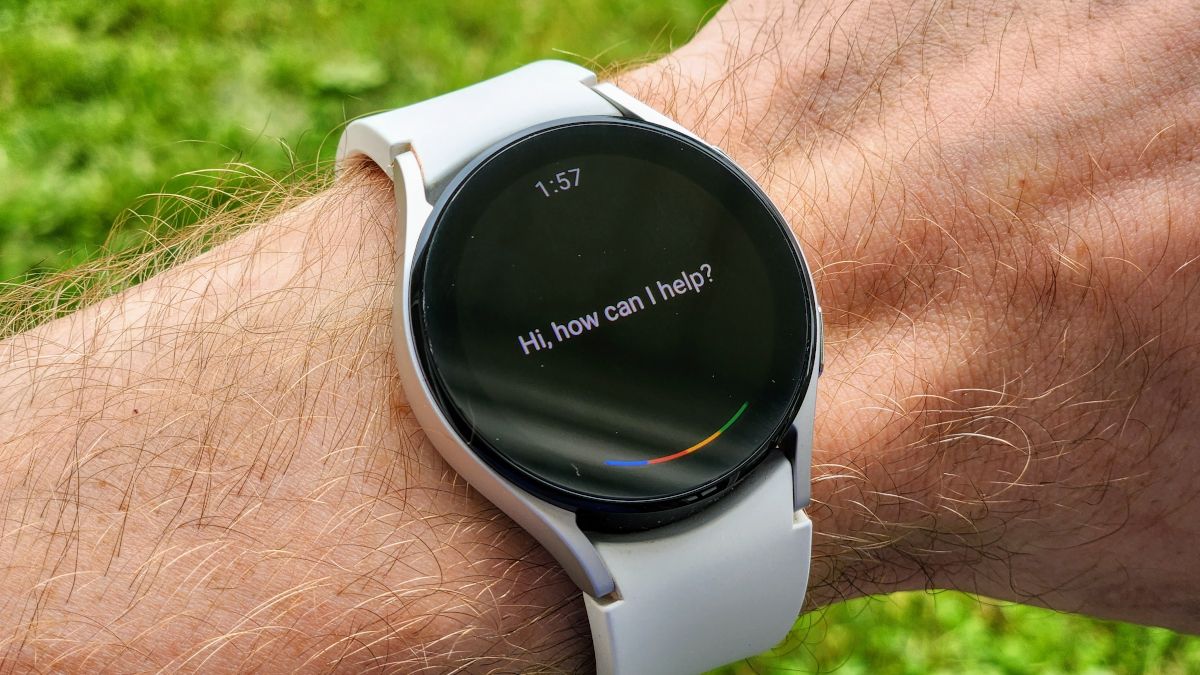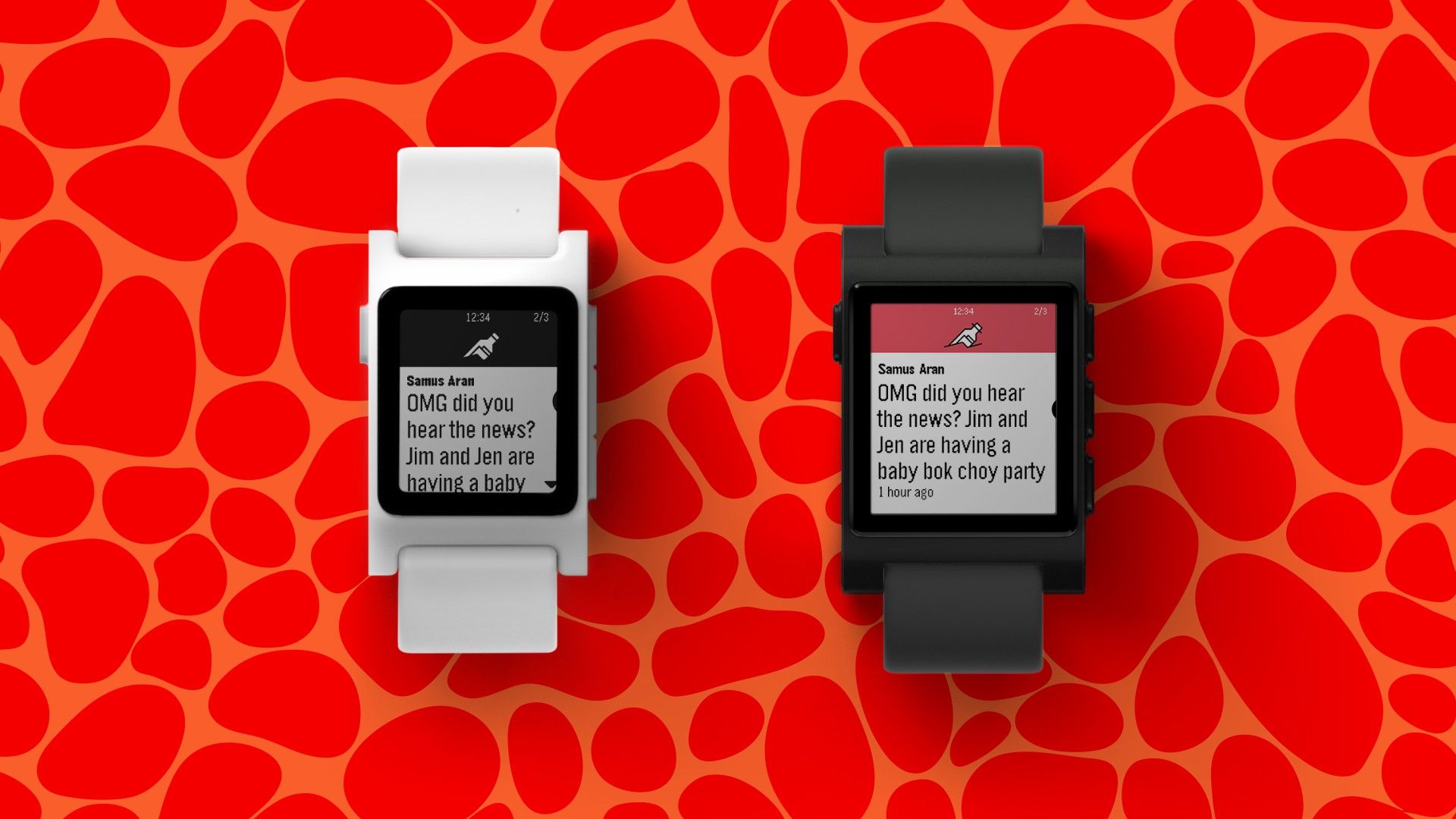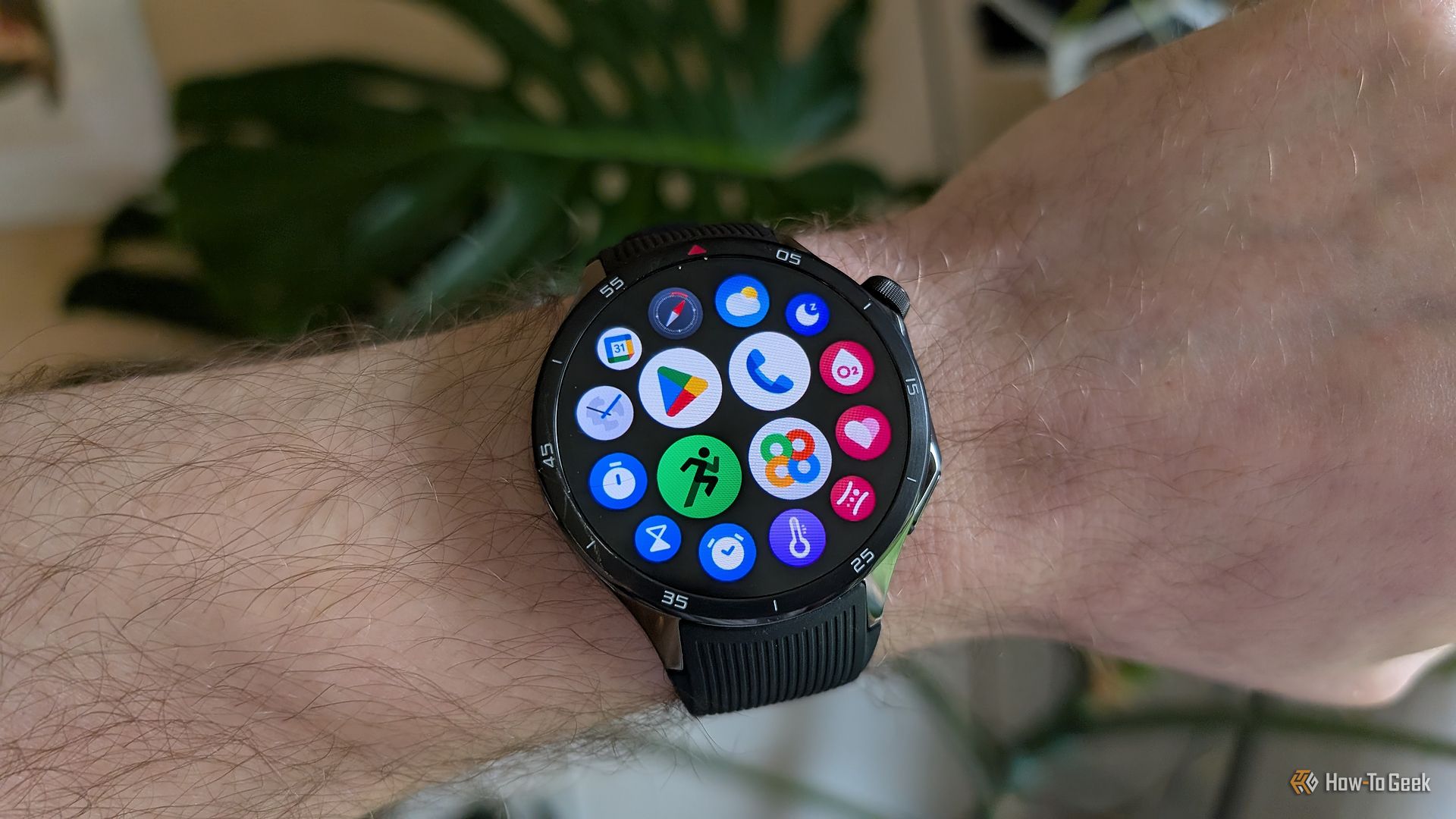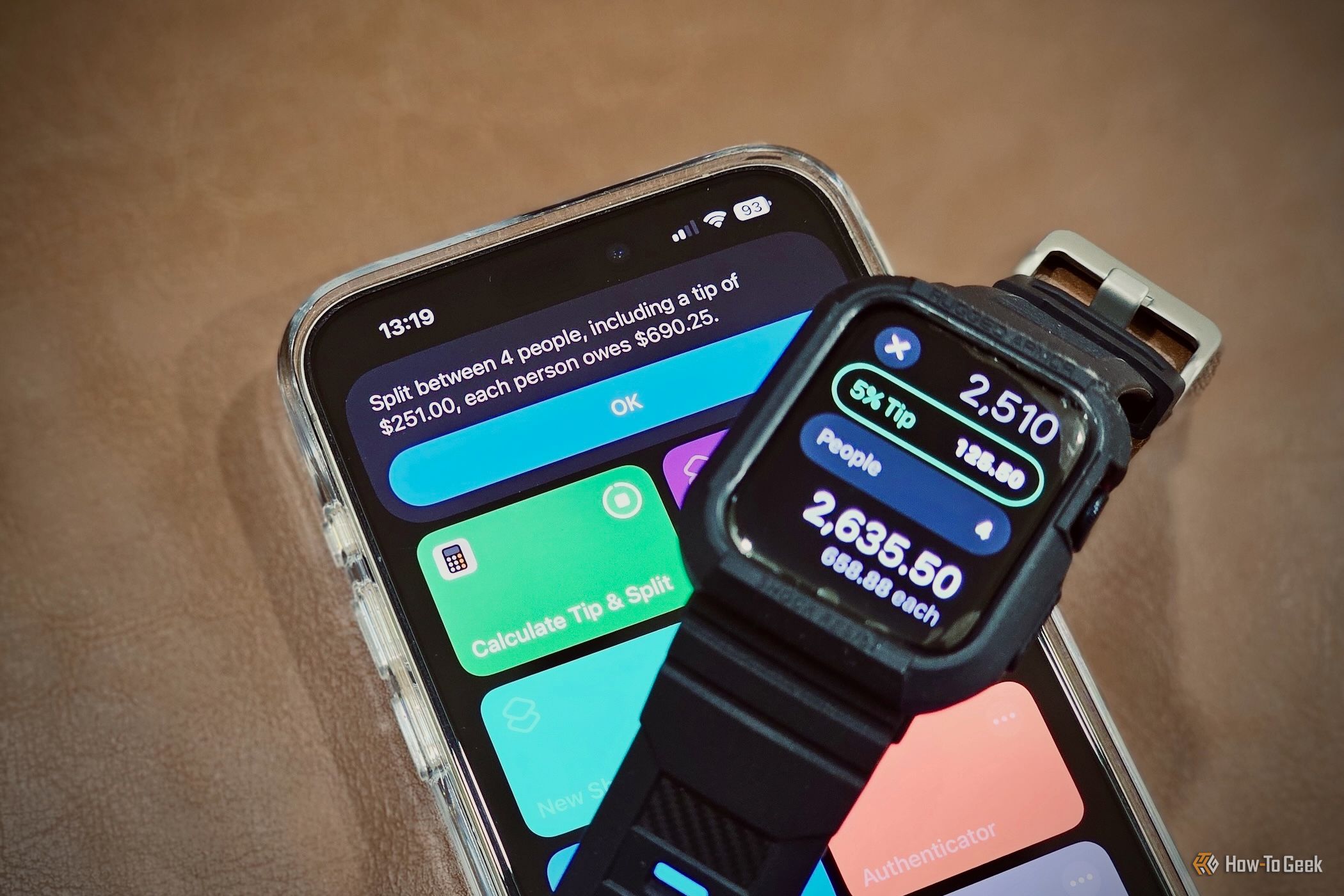Before the days of tiny wrist computers trying to do everything your phone can do, there was Pebble. It was a very different experience from smartwatches today, and I can’t help but wish that the philosophy of Pebble watches had been more popular.
Always-on Display Without the Trade-Offs
One of the biggest things Pebble got right was the display. Instead of power-hungry, vibrant OLEDs that demand attention and drain your battery in a day, Pebble used e-paper. The same tech you can find on a Kindle e-reader. This meant the screen was always on, effortlessly readable even in direct sunlight, and barely sipped power. I could go days, sometimes even a week or more, without needing to charge it. Compare that to my current smartwatch, the Pixel Watch 3, which needs charging every night.
To this day, the Pebble is the only smartwatch I’ve ever used with the Always-on Display enabled. It’s just not worth the hit to battery life to have the display on when I’m not looking at it 99% of the time. Using the new OnePlus Watch 3 is the closest I’ve come to actually enabling the feature. Lift-to-wake generally works fine, but it’s not 100% foolproof. Even if it doesn’t work a mere 5% of the time, it’s something I never even had to think about with a Pebble.
Apps Were Not the Point
This focus on efficiency extended beyond the screen. Pebbles weren’t bogged down by a bunch of apps that worked better on your phone. Its strength was in being a truly smart watch—a companion to your phone, not a replacement for it. It excelled at delivering timely notifications you could glance at without pulling out your phone, controlling your music, and offering simple, useful tools. Navigating with physical buttons just made sense on a device you weren’t constantly staring at or trying to swipe tiny icons on.
Pebble’s philosophy did have an impact on early smartwatches. Android Wear—which would later become “Wear OS”—started with a similar approach. Apps were intentionally out of the way and cumbersome to launch. Instead, Google tried to surface useful information as you needed it, and there was a big focus on notifications. However, it took no time at all for the phone-ification of Android Wear to kick in.

Related
Your Smartwatch Is Only as Annoying as You Make It
Smartwatches provide quick access to notifications and shortcuts, but it can be too much of a good thing. That’s why some people are going back to simpler “distraction-free” analog watches. You shouldn’t blame the smartwatch for your bad habits.
Back in July of 2014, I wrote an editorial for Phandroid titled “It’s time to stop treating Android Wear like a phone.” This was only a month after the first Android Wear smartwatches launched. Google’s guidelines at the time urged developers to avoid “inputs requiring fine-grained motor skills.” Keyboards and calculators weren’t supposed to be a part of the experience. That didn’t stop people from making those apps, though. The rest is history.
Companion vs Mini Phone
Modern smartwatches, in their quest to be mini-phones, often miss the point of being on your wrist. They have powerful processors, high-resolution color screens, and a big library of apps, many of which are simply not great to use on a small screen. This comes at the cost of battery life, always-on usability, and often, simplicity. Do you really need to scroll through Gmail on your watch?
In reality, I think some people do want to be able to scroll through Gmail on their watch. For some, seeing notifications on their wrist is enough to keep them from pulling out their phone. For others, it means looking over a calendar and typing out messages on a tiny keyboard. I gravitate toward to former group, but maybe I’m in the minority?
Pebble was a notification center, a subtle controller, and a timepiece you didn’t have to worry about dying before the end of the day. While I’m not going to say I hate my modern smartwatch and all the high-tech niceties of today, I’m very excited about Pebble’s resurgence. As soon as I’m able to connect my old Pebble Time Steel to my phone again, it will be back on my wrist. Will I find out I actually prefer modern smartwatches? If I do, you’ll hear about it here.

Related
Pebble Is Back With 2 New E-Paper Smartwatches Starting at $149
Over a decade ago, a company called Pebble launched a wildly successful Kickstarter campaign for an e-paper smartwatch. After releasing a few models, Pebble was eventually overshadowed by the Apple Watch and Wear OS, but a similar product has been missing. Now, Pebble is officially back with two new devices.






